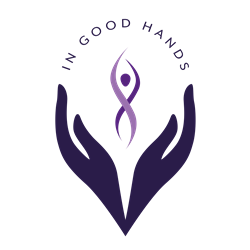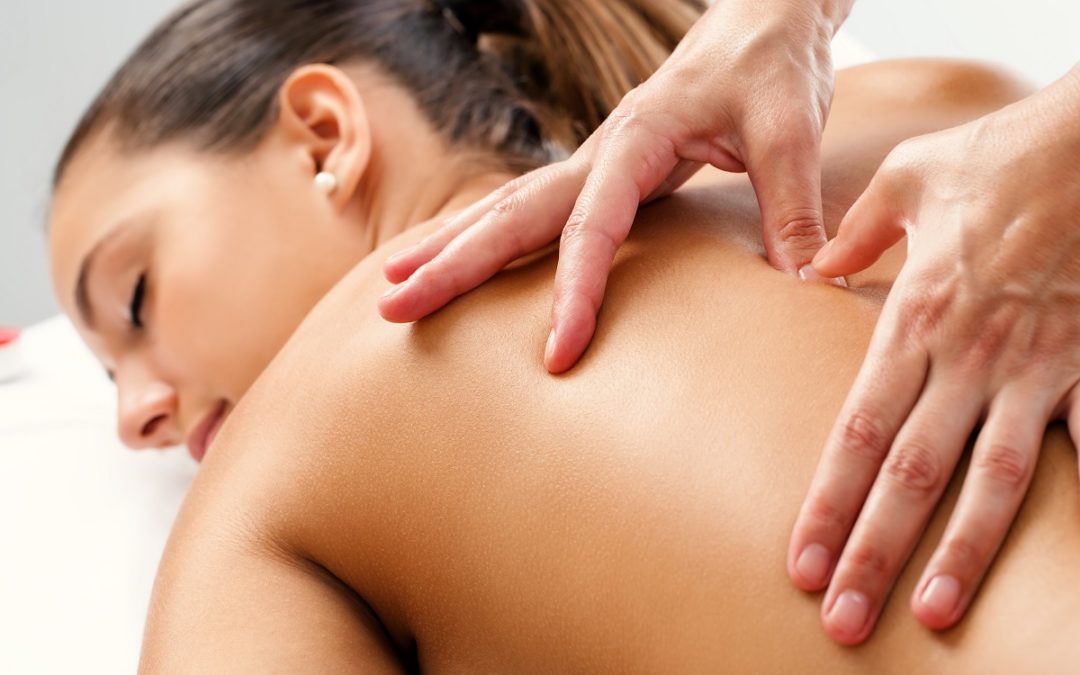Massage helps to boost our immune system.
Research has shown that receiving regular massage therapy helps boost our immune system and flush toxins, increasing blood flow throughout the body. Massage increases the activity of white blood cells that help our body fight diseases.
It is a well-known fact that individuals who experience high levels of stress are more vulnerable to illness and injury. When stress is combined with (or the cause of) sleep disturbances and poor nutrition, the body’s immune system is more vulnerable.
Having regular massage therapy can help and support us both physically and physiologically.
Benefits of Massage
-
reduced muscle tension
-
improved circulation reduces high blood pressure
-
stimulation of the lymphatic system
-
reduction of stress hormones
-
relaxation
-
increased joint mobility and flexibility
-
improved skin tone
-
improved recovery of soft tissue injuries
-
heightened mental alertness
-
reduced anxiety and depression.
-
high blood pressure
-
insomnia
-
strengthen the body’s immune system
Massage helps to improve your posture.
Massage also helps to improve your posture. A lot of people experience back, neck, and muscle pain from a variety of causes, but the majority of pain is caused by poor posture, particularly when we slump at the desk while working on computers. However, the primary cause of this pain results from poor posture. In fact, chronic back pain, which is the number one reason for missed workdays and the second most common cause of disability, is often the result of incorrect or poor posture while standing and/or sitting

